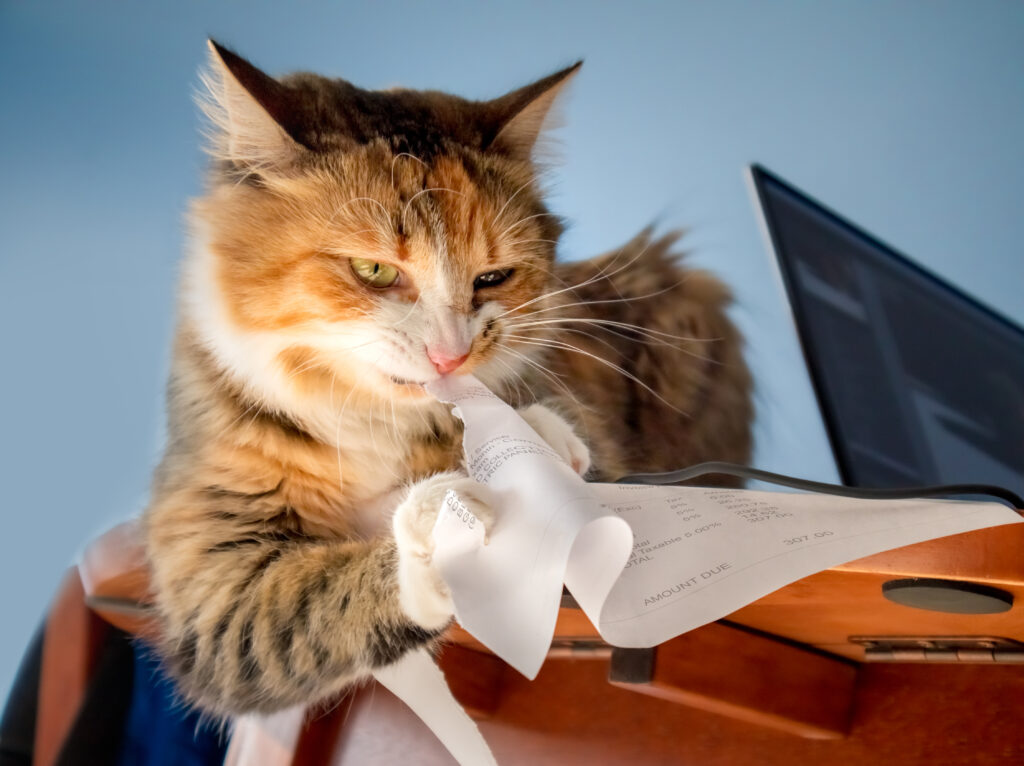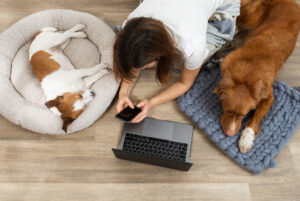A study by Animal Medicines Australia, Pets and the Pandemic, found a massive 69 per cent of households now have a pet. This equates to an estimated 30.4 million pets across the country, up from around 28.5 million in 2019.
Dog ownership led the surge, with almost half (47 per cent) of all households now having at least one canine, up from 40 per cent in 2019. Of Australia’s estimated 4.6 million pet dogs, one in five were acquired after the pandemic began. Meanwhile, a quarter of all pet cats were obtained during the pandemic.
After luxuriating in your semi-constant attention during the stay-at-home period, it’s not surprising that many pets will be disturbed by your unexpected absence as you return to work and other activities away from home.
Separation anxiety flourishes in these situations, causing your pet to be destructive, noisy and/or depressed.
Here’s how to ease the separation anxiety in pets as you transition back to normal life:
1. Disassociation
Does your pet start pacing and looking at you anxiously when you pick up your car keys, put on your work clothes or pack your briefcase? These routine things could be triggering separation anxiety in your fur baby.
The RSPCA recommends doing these things when you’re NOT going to work so that your pet can disassociate these as markers that you’re about to leave the house.
2. Timed absences
Another trick for getting your dog or cat used to your absence is to gradually build up the time that you’re away.
Depending on your pet’s separation anxiety levels, this can be a big time commitment. The American Society for the Prevention of Cruelty to Animals (ASPCA – the US equivalent of the RSPCA here in Australia) has details on how to introduce timed absences as part of your transition.
3. Exercise
Exercise in the morning will help your pet sleep during the day while you are away.
Try and take your dog out for a long walk before leaving for work. Ideally, mix it up with different locations or routes, so your dog can be stimulated by new smells and sights.
Some owners find it useful to employ a reputable dog-walker to take their pet out for a midday stroll to break up the long day.
For cats, build some active playtime into your morning routine. Alternatively, get them a secure outdoor play yard, so they can enjoy some outdoor time that doesn’t involve roaming the neighbourhood or preying on native wildlife.
4. Food
Most pets love food, making it an ideal distraction.
Treats can be hidden in toys such as KONG sticks or Monster balls to keep your pet occupied and moving about. Raw bones are another good option, which have the added benefit of cleaning your dog or cat’s teeth while they chew.
Also, the association between you leaving and the enjoyable experience of receiving a food-stuffed toy will make departures easier.
Be sure to remove the toy when you return home, however, so your pet associates it with being by themselves.
5. When all else fails…
There’s always the option of NOT leaving your dog unattended. So, if your employer is okay with it, take your dog to work, leave your pet with a friend or neighbour, or find an appropriate pet daycare.
In extreme cases of separation anxiety, your vet can prescribe anti-anxiety medication that can be helpful in reducing their distress.











